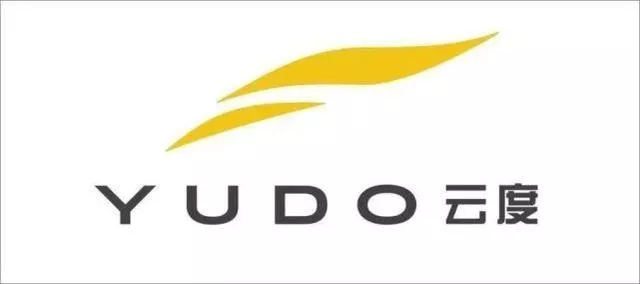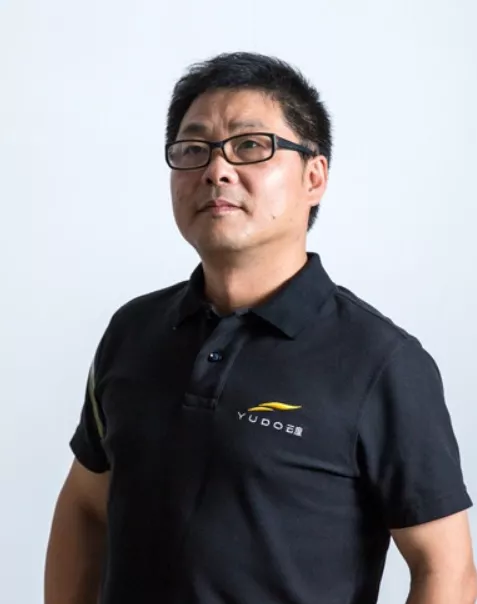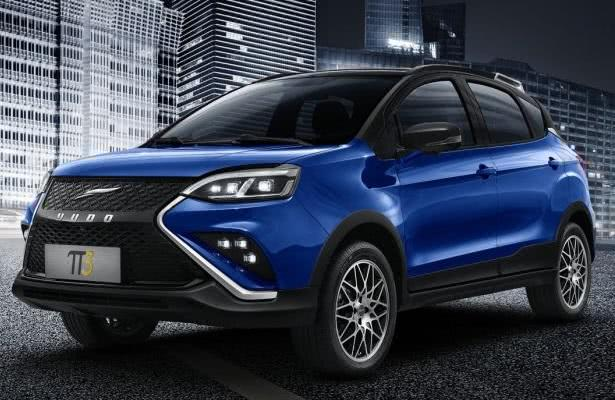Introduction: Judging from the recent announcement of the Red Education Leader Zhou Hongyi entering the 100,000-level electric vehicle market, it seems that the product positioning and market target planning of Youxia Motors (Yun micro) were enormous in the past. But now the situation is lamentable, will Yun micro still wait for the day when it has “discharged”?
On May 18th of last year, Lin Mi returned to Yun micro and took up the position of CEO. Lin Mi’s purpose of returning was to pull Yun micro back from the cliff and to bring it to the mainstream market, and even to the center stage.
So, we have seen over the past year that Yun micro has had grand promises, such as declaring that it will become one of the top three pure electric vehicle brands by 2025. They have also made efforts in innovation, such as announcing that they have become a user-oriented enterprise and promoting community marketing transformation, and so on.
However, at the one-year mark since Lin Mi’s return to Yun micro, we find that Yun micro remains the same, the market is still indifferent, and there has been no significant improvement in the company’s development situation.
So, has Lin Mi really brought Yun micro back from the cliff in the past year? Is the problem with the company or with its people?
Yun micro was established in 2015 as a mixed-ownership new energy vehicle production enterprise jointly invested by Fujian Province Automotive Industry Group Co., Ltd., Putian State-owned Assets Investment Co., Ltd., the management team, and Fujian Haiyuan Automation Machinery Co., Ltd., with a total investment of 900 million yuan.

Now that new forces have become the most important driving force of new energy vehicles, FAW’s decision to create Yun micro at that time was wise and correct.
Different from other new forces, Yun micro established a mixed-ownership structure for the first time, with FAW Group holding 39%, Putian State-owned Assets Investment Co., Ltd. holding 34.44% of the shares, and the management team holding 15.56% of the shares in cash.
It is worth mentioning that Haiyuan Machinery, one of the world’s largest suppliers of hydraulic forming technology and equipment with the most diverse products, held 11% of the shares and invested 99 million yuan. Yun micro can use its leading position in the lightweight field to obtain certain advantages in carbon fiber and other vehicle body technologies by relying on its seamless connection with carbon fiber technology provided by Haiyuan Machinery.
In terms of the founding management team, Liu Xinwen served as the director and general manager of Yun micro (Liu Xinwen was formerly the general manager of Chery New Energy Automotive Technology Co., Ltd.), Lin Mi served as the executive vice president and general manager of the marketing center of Yun micro (Lin Mi was formerly the vice president of American Celgard Company, and the vice president of BYD DENZA Company), and Bao Xudong served as the vice president of Yun micro (Bao Xudong was formerly the general manager of DENZA North China).
 # From the perspective of the overall company structure, except for the relatively complicated capital structure, the leaders can all be considered as veteran industry players. With these advantages, NIO is one of the “fast runners” in the new car-making forces. While many new forces are still stuck in PPT presentations, in 2017, NIO solved the production qualification problem for new energy vehicles and became one of the earliest companies to obtain a “Provisional License” in China.
# From the perspective of the overall company structure, except for the relatively complicated capital structure, the leaders can all be considered as veteran industry players. With these advantages, NIO is one of the “fast runners” in the new car-making forces. While many new forces are still stuck in PPT presentations, in 2017, NIO solved the production qualification problem for new energy vehicles and became one of the earliest companies to obtain a “Provisional License” in China.
NIO’s early market performance was also quite remarkable. NIO and Tianji Automobile, which was still called “Dianka” at the time, were the pioneers who first mass-produced vehicles from PPT. According to data released by the China Association of Automobile Manufacturers, the sales volume of new energy vehicle companies reached 26,000 vehicles in 2018, with NIO delivering 9,300 units, becoming one of the earliest and most productive among the new forces.
However, the good times didn’t last. In 2018, NIO’s management experienced turbulence, and Lin Mi left NIO. While other new forces continued to rise, NIO fell behind in 2019, with cumulative sales declining against the trend to 2,566 vehicles for the full year.
In contrast, from 2018 to 2019, NIO’s business revenue plummeted from RMB 817 million to RMB 104 million, and net losses expanded from RMB 138 million to RMB 177 million. NIO fell to a level where even negative news was rare, and it was far behind the leading companies like “Tesla”.
In May 2020, NIO, which had been silent for two years, underwent a changing of the guard, as Lin Mi returned to take over as CEO. Regarding his return, Lin Mi said with emotion, “I will lead again after a hundred battles, and start anew from the heart.”
After that, NIO continued to take action, calling out a new slogan: to rank among the top three domestic pure electric vehicle brands by 2025, representing China’s new energy participation in global market competition. Additionally, NIO claimed that it would insist on establishing a user-centered corporate management mindset and philosophy, and become a more interesting travel companion.
In terms of product renewal: iterating on models, enhancing the ADAS system configuration of intelligent networking, etc., to make products more competitive; at the same time, by changing the traditional sales model and building communities, NIO will create more brand experience centers by adopting direct-sales and joint-venture models, transforming from traditional “4S” to “6S,” integrating “sharing” and “social” concepts, aggregating NIO communities, and transforming sales channels into windows for brand and user dialogue.
NIO is even trying out travel services, and conducting comprehensive cooperation with Fujian Xinlongma Automobile in terms of market, technology, and user services, to jointly explore the new energy field of commercial vehicles such as logistics vehicles, micro buses, and small trucks.As Lin Mi said, Yuntu is indeed starting from the heart, and Yuntu is changing the traditional approach of new energy vehicle companies and starting to align with internet new forces. The market has proven that this approach is currently correct, and Lin Mi’s capture of market signals is still accurate.
However, from the current situation, Yuntu’s efforts have yielded little results.
In the whole of last year, Yuntu had a cumulative number of 1,679 insured vehicles, but in December of last year alone, the number of insured vehicles was as high as 1,154, which means that only 525 vehicles were insured in the other 11 months.
It can be seen that in order to make last year’s performance not look so bad, Yuntu led a wave of sudden attacks on insurance at the end of the year. This also reflects that Lin Mi, who returned to Yuntu, does not have a good way to get Yuntu out of its predicament.
From January to March of this year, Yuntu only had a cumulative number of 308 insured vehicles, ranking thirteenth in the Electric Impetus list of new forces. Among them, the average month-on-month growth rate of new forces insured vehicles in March was 102.2%, while Yuntu’s growth rate was only 65.88%.
No matter in 2020 or the first quarter of 2021, the entire new energy momentum is moving forward at a high speed, but Yuntu is still lingering in a low valley.
In fact, Wuling has stirred up a storm in the embarrassing “old man happy” market with MINI EV, which even produced “oil”. Yuntu’s targeted sub-segment market should theoretically have a large market size. However, it is puzzling that it has fallen into such a predicament.
Moreover, Yuntu’s several models are relatively good looking, and it can even be said that Yuntu has almost all the elements of success, but why has Yuntu fallen into this situation today?
One obvious factor is that Yuntu’s products are outdated and their competitiveness needs to be improved.
On August 2, 2018, the Yuntu π3 conducted a frontal 40% offset crash test with a test speed of 64km/h. From the scene of the test, the front cockpit of the driver’s side suffered significant crushing deformation and the A-pillar was severely bent, almost broken, while the driver’s side door structure also suffered serious deformation, making it difficult to open the door manually. Corresponding to actual traffic accidents, the inability to open doors presents significant safety hazards. Yuntu scored only two points in the crash test that year, the lowest among the same batch of tested models.Low collision score, as an electric vehicle, Yunnei did not miss the self-ignition issue. In August 2019, a Yunnei new energy π3 caught fire in Nanning, Guangxi. From the video, it can be seen that the fire was located at the bottom of the rear of the vehicle, and flames were spraying out, which appeared to be caused by battery damage. As no emergency extinguishing measures were taken, the vehicle was almost completely burnt. Later, the official issued a compensation for users as well as an investigation statement, but the investigation results have not been publicly released.
Additionally, there are many Yunnei car owners who have complained online about the poor driving experience from Yunnei, such as inaccurate battery range, brake failure, charging issues, electrical faults in vehicle accessories, fraudulent consumption, etc. There are also car owners who have reported difficulties in finding repair shops and maintenance services due to the closure of Yunnei π3 dealerships.
In 2020, which was dubbed as the year of “fractured” winter cruising range for electric vehicles, Yunnei introduced the new π3 E-SHOCK, yet surprisingly the cruising range was even lower than the previous model. The product concept of Yunnei is bewildering.
One hidden factor is the mechanism constraint. Whether it is Liu Xinwen leading the Yunnei era, or Lin Mi’s era, they are both capable employees of the new energy industry with profound industry insight, but now there is no effect, which indicates that the executive level has encountered obstacles. Execution directly concerns the mechanism.
In everyone’s impression, new power ventures have always been known for their high efficiency and execution. Some frontier explorations and landing have the backing of new power ventures, including direct sales, battery swapping, and community operations. The root cause behind this is the fact that the vast majority of new power ventures are privately owned.
On the other hand, Yunnei is a hybrid model between traditional new energy and new power ventures. The complex corporate nature makes it difficult to accurately implement the strategies. Such mechanism constraints make it difficult for the person in charge of execution to have any effect, and even changing personnel may not help.
Looking at the latest entry into the field, “Red Robe Ancestor” Zhou Hongyi announcing the entry into the 100,000-level electric vehicle market, Yunnei’s product positioning and targeted market were huge. However, the current situation is lamentable. Would Yunnei still wait for a “godsend” day?
Lin Mi needs to answer this question. If Lin Mi returns in the first year to reorganize and start again, the second year should bring a real result.
This article is a translation by ChatGPT of a Chinese report from 42HOW. If you have any questions about it, please email bd@42how.com.
